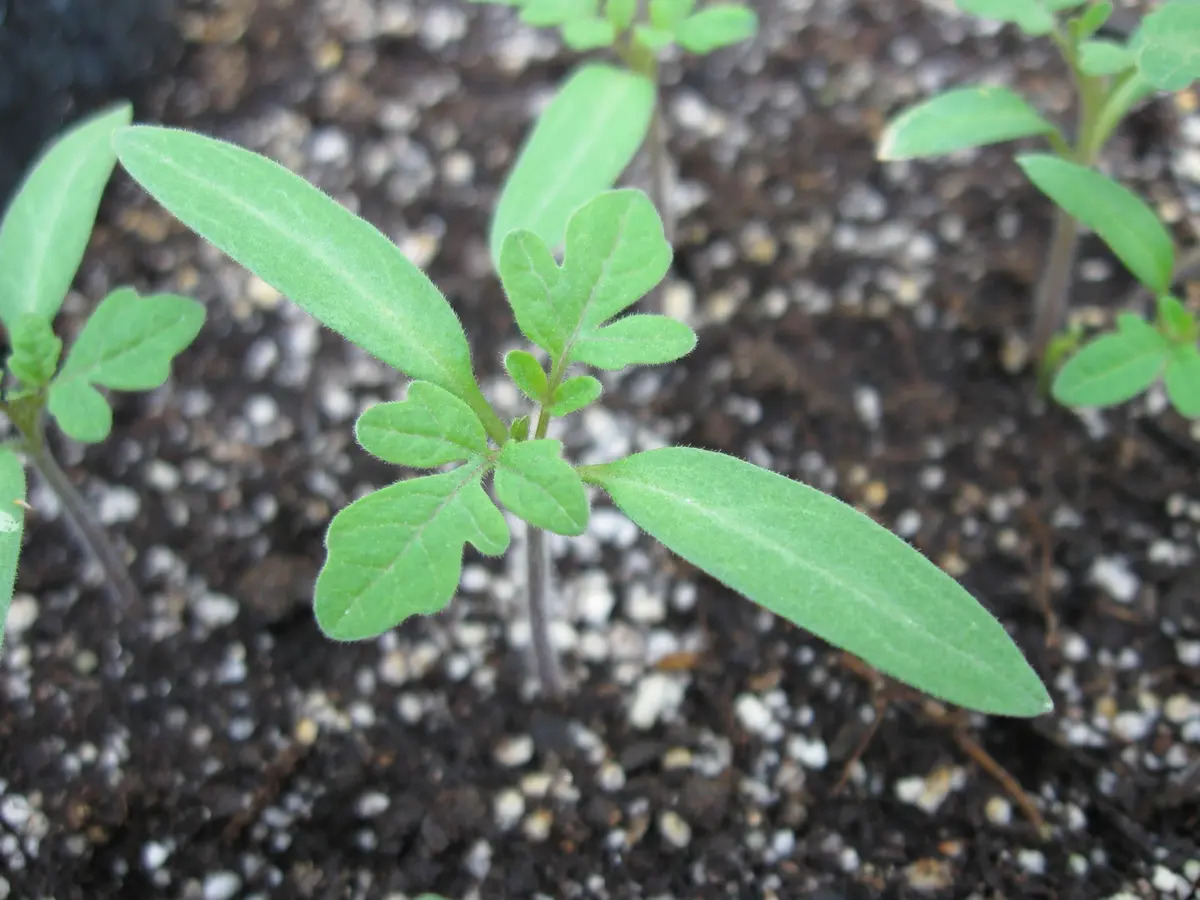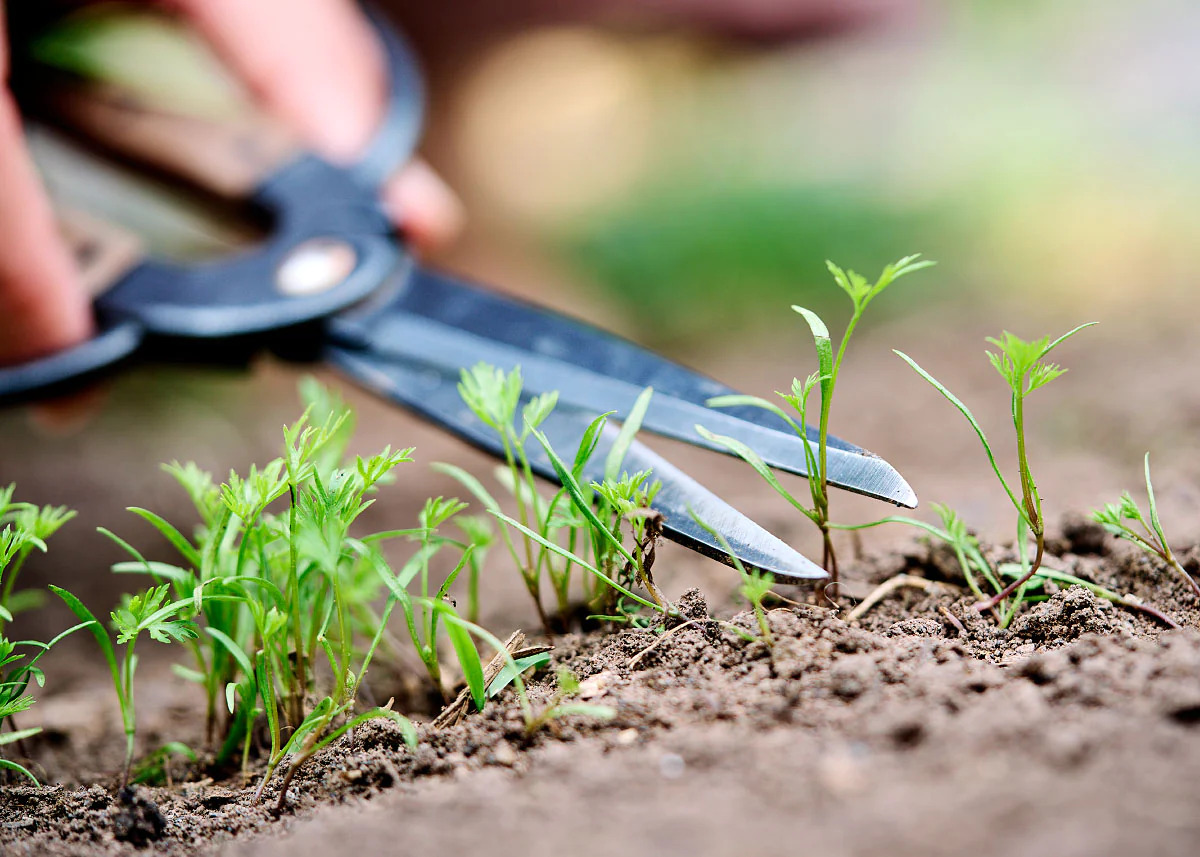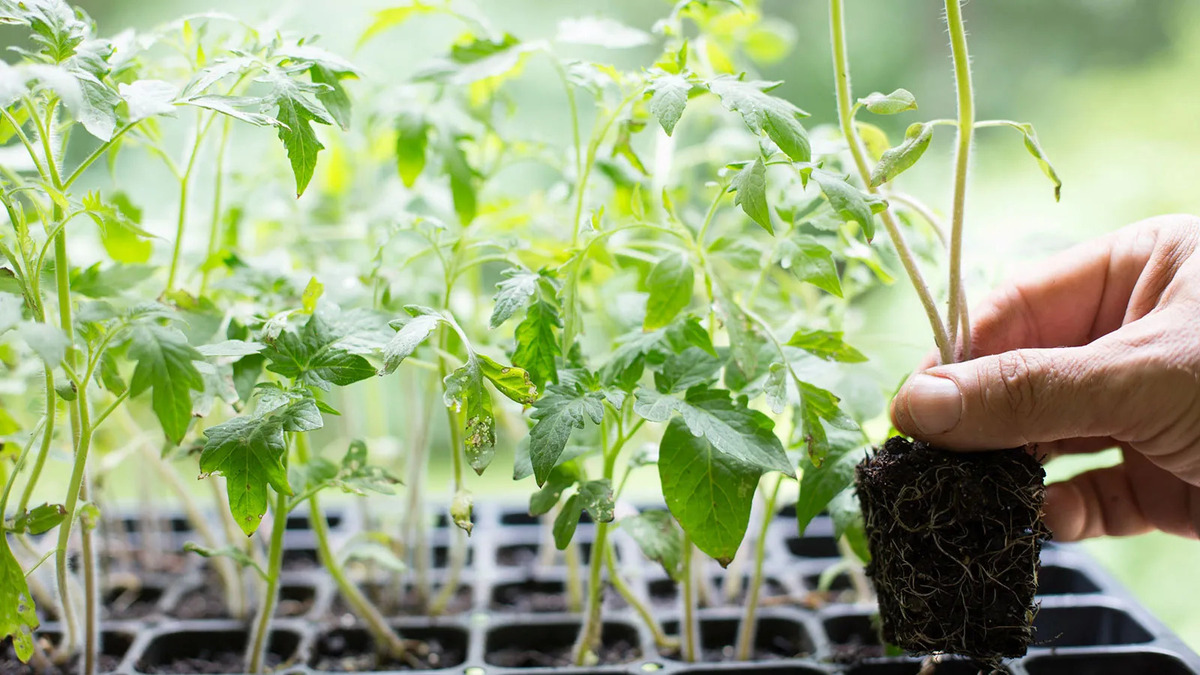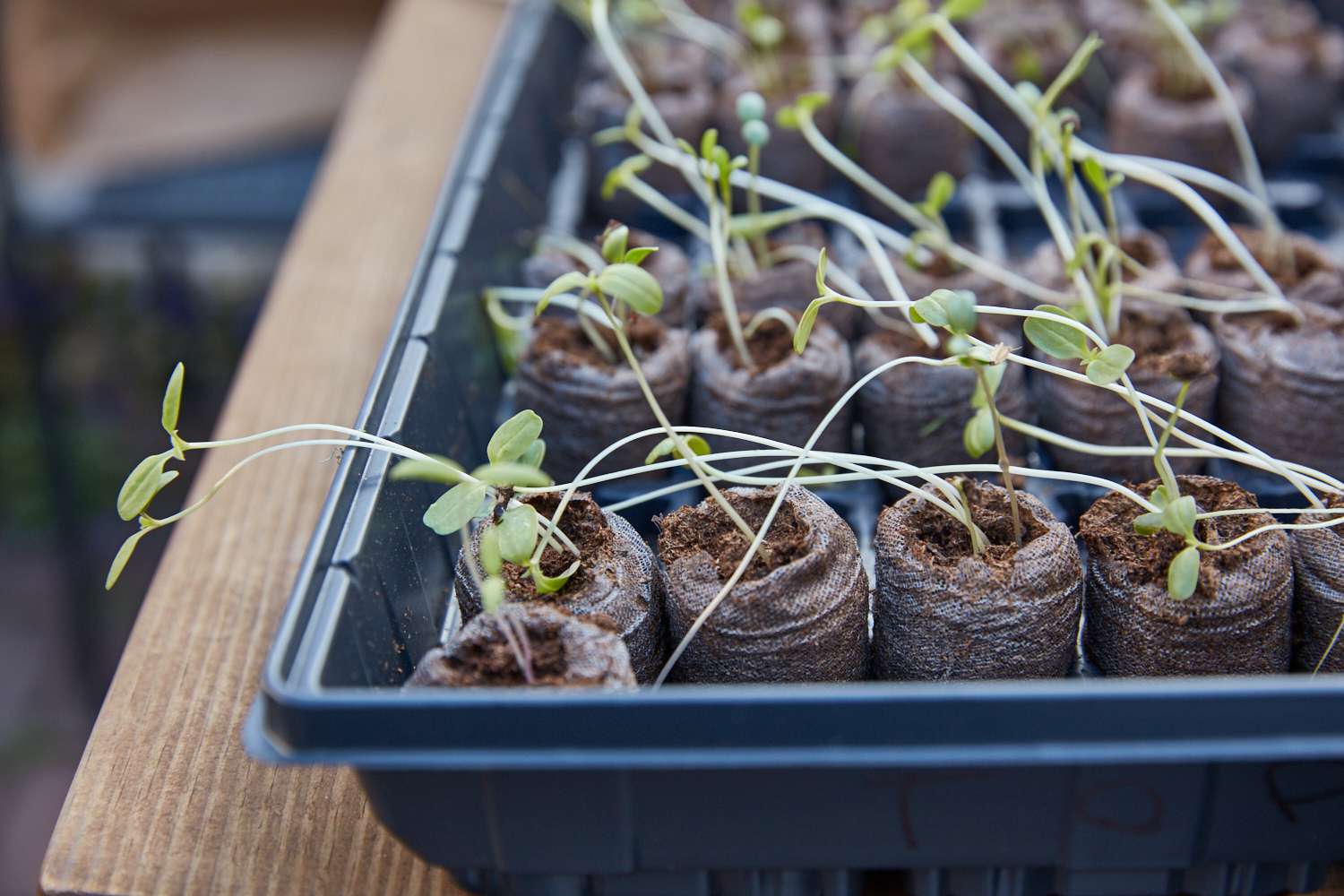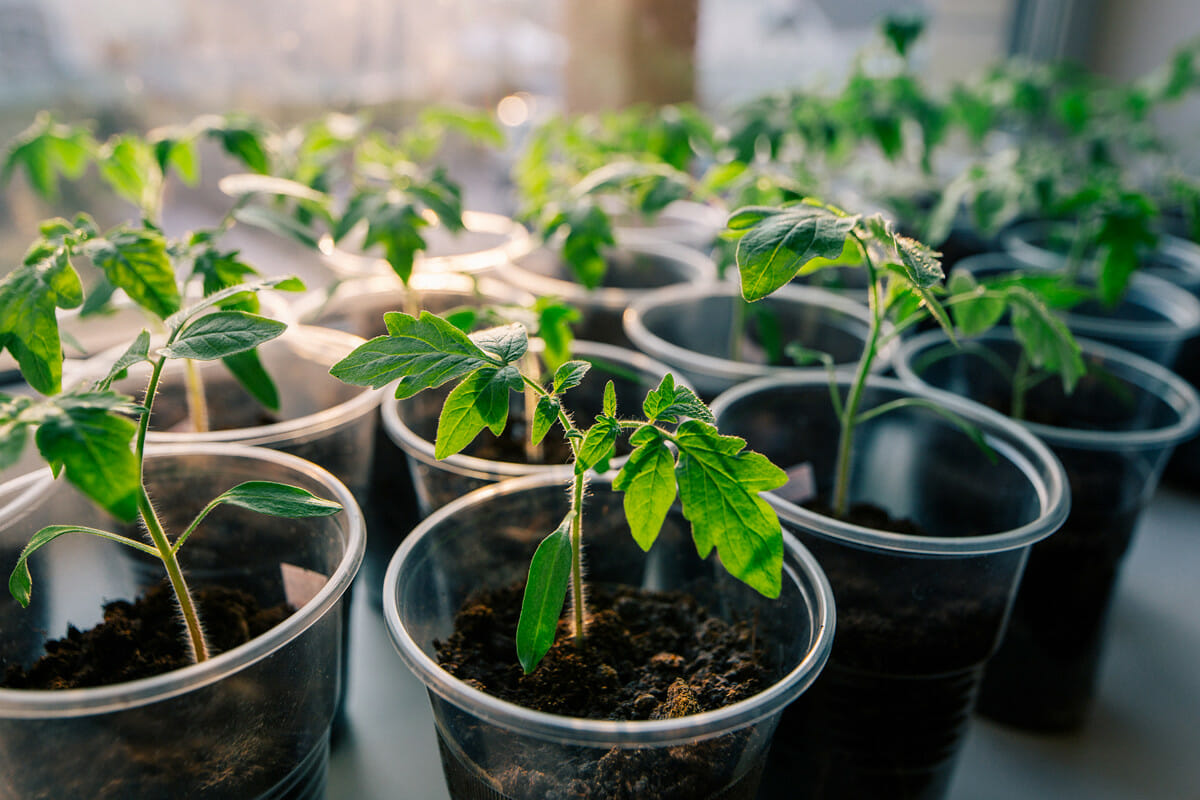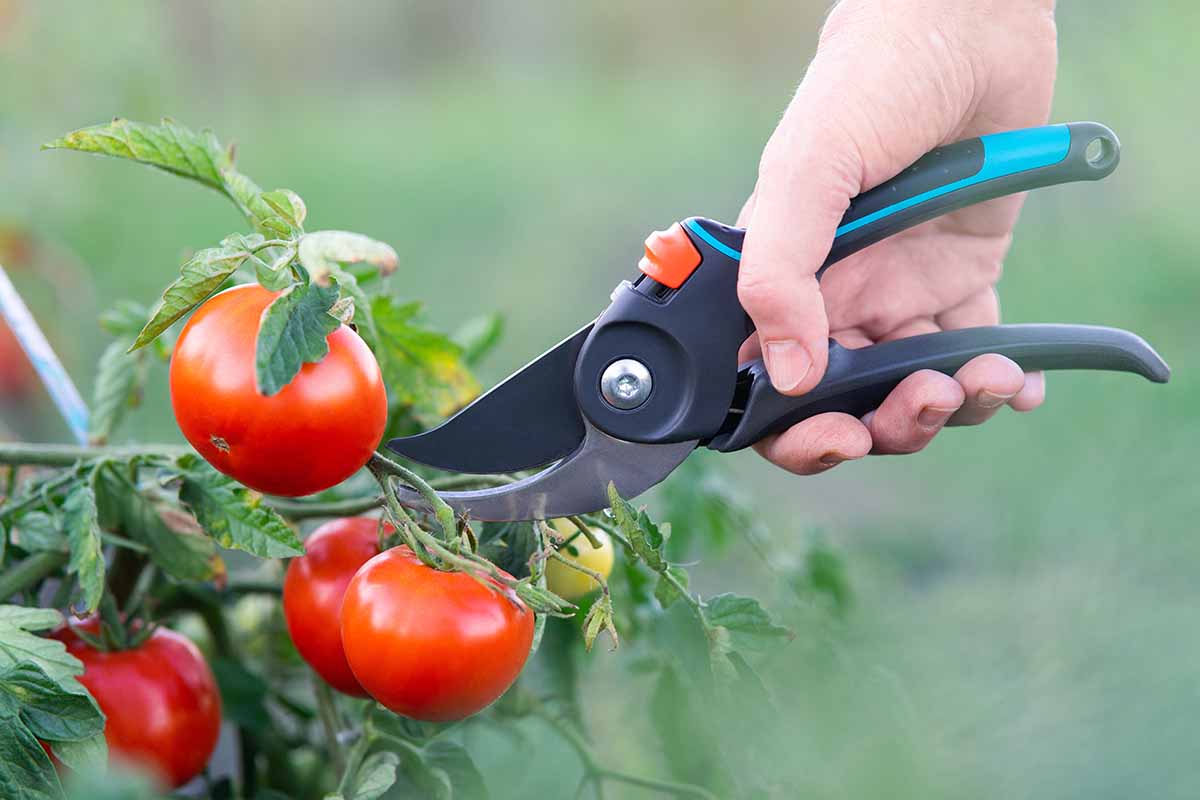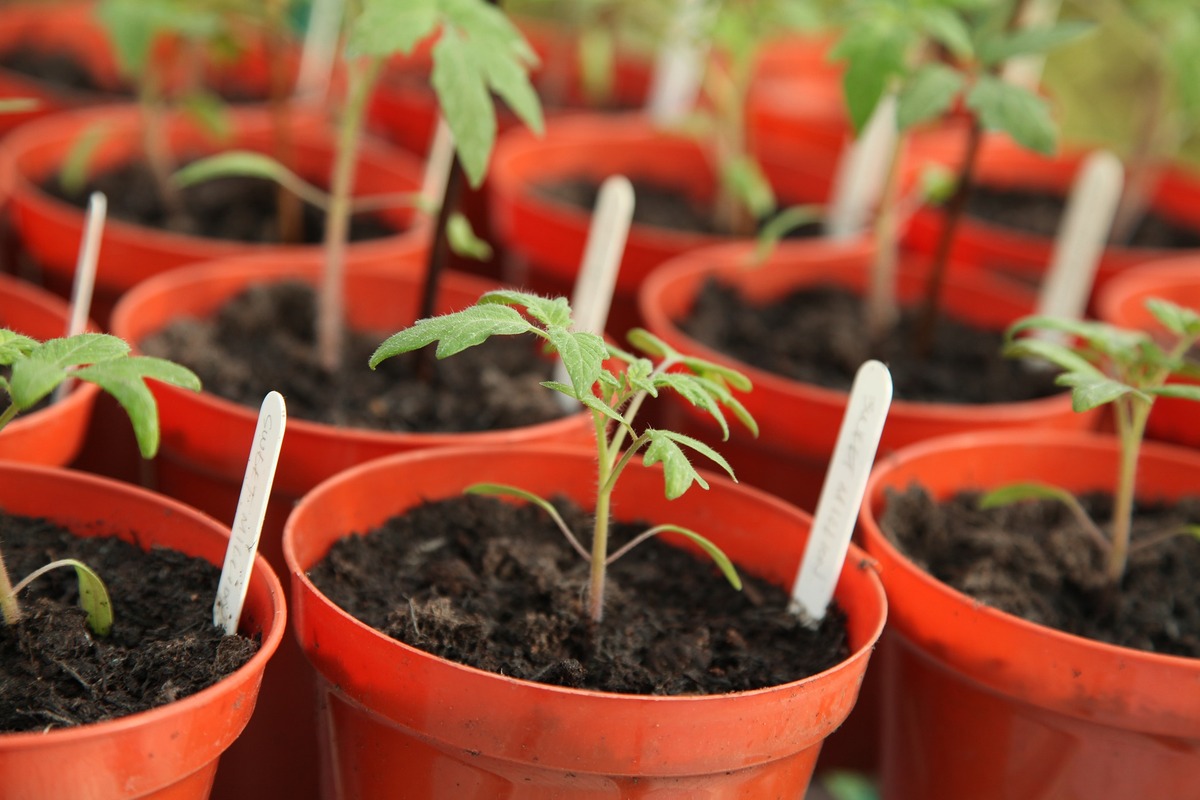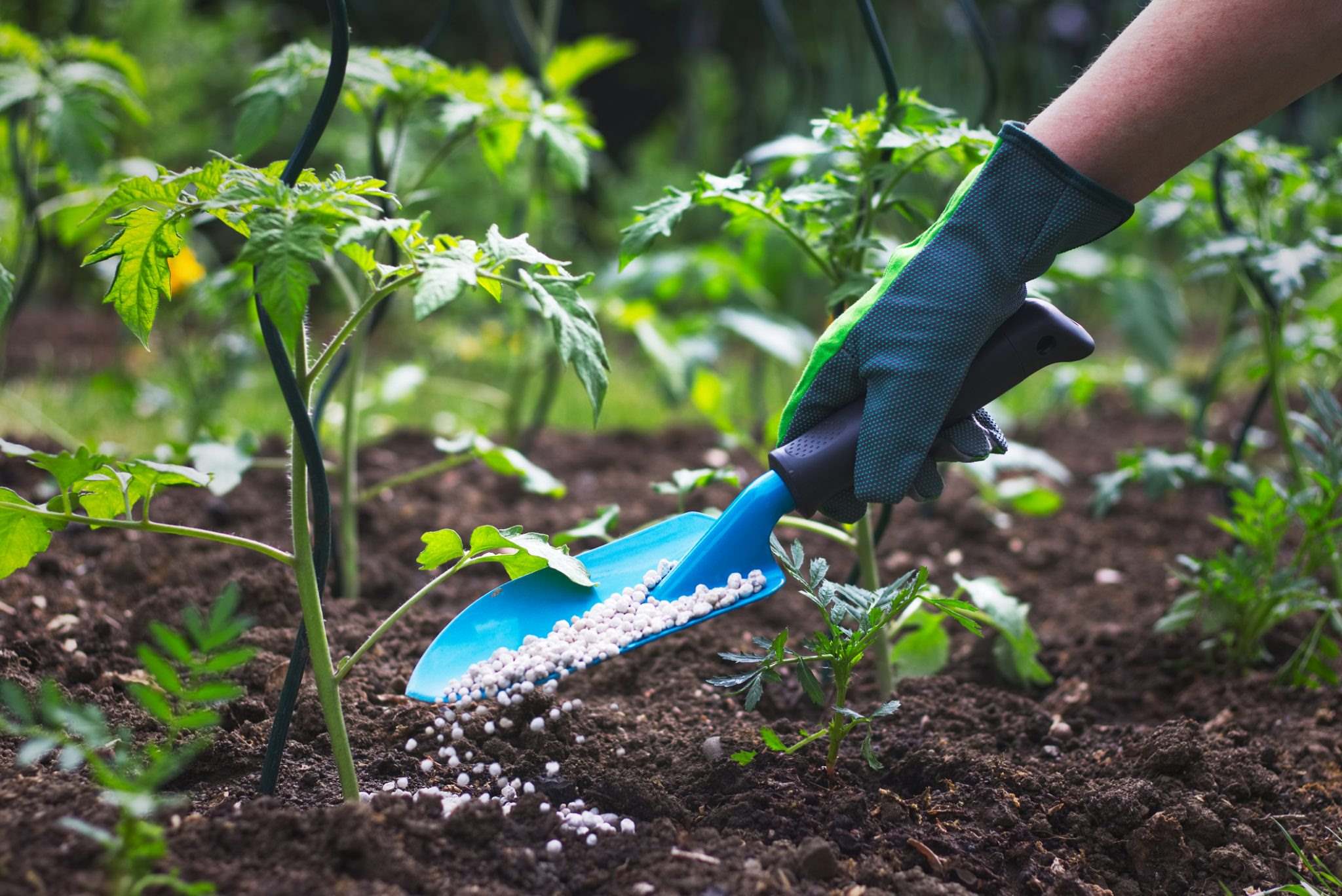Home>Types of Gardening>Edible Gardening>When To Thin Tomato Seedlings
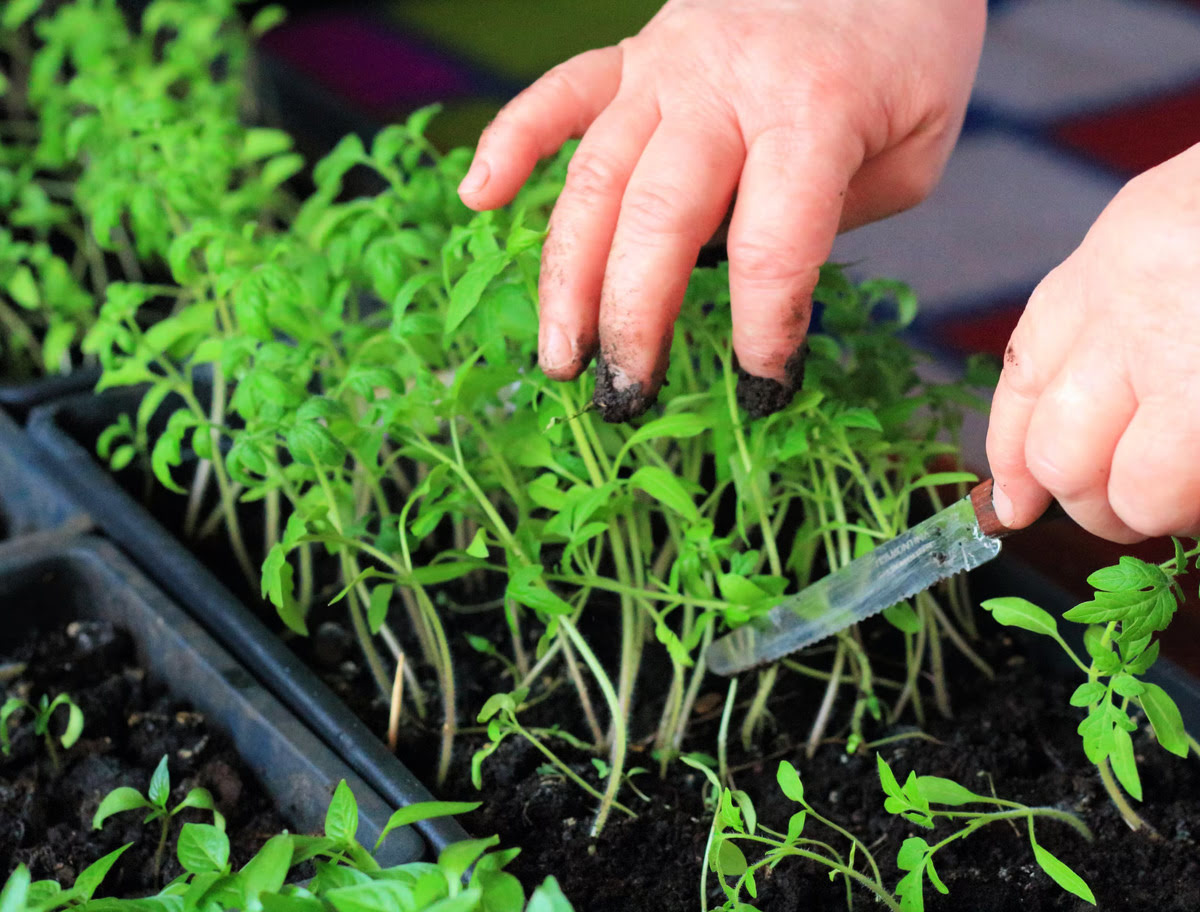

Edible Gardening
When To Thin Tomato Seedlings
Published: January 2, 2024
Learn when and how to thin tomato seedlings for a successful edible gardening experience. Find out the best time to thin your tomato plants for optimal growth and yield.
(Many of the links in this article redirect to a specific reviewed product. Your purchase of these products through affiliate links helps to generate commission for Chicagolandgardening.com, at no extra cost. Learn more)
Table of Contents
**
Introduction
**
Growing tomatoes from seed can be an exciting and rewarding experience for any gardener. Watching tiny seeds sprout and develop into healthy seedlings is a joyful process that signifies the promise of a bountiful harvest to come. However, as the seedlings grow, they may require some intervention to ensure optimal growth and productivity. One crucial aspect of caring for tomato seedlings is knowing when and how to thin them.
Thinning tomato seedlings is a vital step in the early stages of their development. It involves selectively removing excess seedlings to provide adequate space and resources for the remaining plants to thrive. This process may seem daunting at first, especially for novice gardeners, but it is an essential practice that contributes to the overall health and productivity of the tomato plants.
In this article, we will delve into the intricacies of thinning tomato seedlings, exploring the signs that indicate the need for thinning, the methods to effectively thin seedlings, and the optimal time to perform this task. By understanding and implementing the principles of thinning, gardeners can foster robust and vigorous tomato plants that are primed for a successful growing season. Let's embark on this journey to discover the art of thinning tomato seedlings and unleash the full potential of our tomato plants.
**
Understanding Tomato Seedlings
**
Before delving into the specifics of thinning tomato seedlings, it’s essential to grasp the characteristics and requirements of these young plants. Tomato seedlings emerge from the soil as delicate, tender shoots, initially adorned with a pair of embryonic leaves known as cotyledons. These initial leaves serve as the plant’s primary energy source until true leaves, which exhibit the distinct shape of mature tomato foliage, begin to develop.
Tomato seedlings are particularly sensitive to their environment, necessitating adequate warmth, light, moisture, and nutrients for healthy growth. Insufficient light can result in leggy, elongated seedlings, while overwatering may lead to dampening off, a fungal disease that causes seedlings to wilt and perish. Understanding the delicate nature of tomato seedlings underscores the importance of providing optimal growing conditions to facilitate their development.
As tomato seedlings mature, they compete for resources such as space, sunlight, and nutrients. Without intervention, overcrowding can stifle their growth and diminish their potential to yield an abundant harvest. This is where the practice of thinning becomes crucial. By selectively removing excess seedlings, gardeners can mitigate overcrowding and enable the remaining plants to flourish unhindered.
Furthermore, comprehending the growth trajectory of tomato seedlings is pivotal in gauging the appropriate time for thinning. Seedlings typically reach a stage where their true leaves have fully emerged, signaling the readiness for thinning. At this juncture, the seedlings are robust enough to withstand the thinning process while still being young enough to adapt and thrive post-thinning.
By familiarizing ourselves with the intricacies of tomato seedlings, we can cultivate a deeper appreciation for these young plants and gain valuable insights into their care and maintenance. Armed with this understanding, we are better equipped to identify the signs that indicate the need for thinning and execute this practice effectively, setting the stage for a flourishing tomato crop.
Signs that Tomato Seedlings Need Thinning
Recognizing the signs that indicate the necessity for thinning tomato seedlings is pivotal in ensuring the optimal development of the plants. Several visual cues and growth patterns can serve as indicators that the seedlings would benefit from thinning:
- Crowded Growth: Observing dense clusters of seedlings in a confined space is a clear sign that thinning is warranted. When the seedlings’ leaves begin to touch or overlap, it signifies overcrowding and the need to create more space for individual plants to thrive.
- Stunted Growth: Some seedlings may exhibit slower growth compared to others in the vicinity. This stunted growth is often a consequence of competition for resources and space, prompting the need to thin the seedlings to alleviate this strain.
- Yellowing or Wilting: Seedlings that display yellowing or wilting leaves are signaling their struggle for access to essential resources. Thinning can alleviate the competition and enable the remaining seedlings to receive ample light, water, and nutrients.
By keenly observing these signs, gardeners can discern when their tomato seedlings would benefit from thinning. Addressing these indicators in a timely manner can avert potential setbacks and pave the way for robust, thriving plants.
How to Thin Tomato Seedlings
Thinning tomato seedlings is a delicate yet straightforward process that involves selectively removing excess seedlings to create ample space and resources for the remaining plants. Follow these steps to effectively thin your tomato seedlings:
- Choose the Strongest Seedlings: Identify the healthiest and most vigorous seedlings to retain, considering factors such as robust foliage, sturdy stems, and vibrant coloration. These traits indicate the potential for strong growth and productivity.
- Prepare the Seedlings: Before thinning, water the seedlings to moisten the soil, facilitating easier removal of the excess plants. This also minimizes the disturbance to the remaining seedlings during the thinning process.
- Gently Remove Excess Seedlings: Grasp the unwanted seedlings at the base of their stems and carefully lift them from the soil, ensuring minimal disturbance to the surrounding seedlings’ roots. It is advisable to perform thinning when the seedlings are still small to minimize the impact on the retained plants.
- Provide Adequate Spacing: After thinning, ensure that the remaining seedlings are spaced appropriately, allowing ample room for their future growth. Adequate spacing mitigates competition for resources and promotes robust development.
- Water and Monitor: Following thinning, water the seedlings gently to settle the soil around the retained plants. Monitor the remaining seedlings closely in the ensuing days to ensure their continued vigor and acclimatization to the adjusted growing environment.
By adhering to these steps, gardeners can execute the thinning process with precision and care, setting the stage for the remaining tomato seedlings to thrive and fulfill their potential.
When to Thin Tomato Seedlings
Timing is crucial when determining the appropriate stage to thin tomato seedlings. While it may be tempting to thin the seedlings as soon as they emerge, it is advisable to exercise patience and allow them to reach a certain developmental stage before initiating the thinning process.
Typically, tomato seedlings are ready for thinning when they have grown their first set of true leaves, distinct from the initial cotyledons. These true leaves signify the seedlings’ transition to the next stage of growth, indicating that they are robust enough to withstand the thinning process.
It is essential to conduct thinning while the seedlings are still relatively small and delicate. This timing minimizes the disruption to the remaining plants and allows them to adapt swiftly to the adjusted spacing and resources. Delaying thinning until the seedlings become more established can lead to increased competition and potential setbacks in growth and productivity.
Furthermore, thinning at the appropriate time enables the retained seedlings to redirect their energy and resources toward robust growth, fostering sturdy stems, prolific foliage, and resilient root systems. This strategic thinning window sets the stage for the remaining seedlings to flourish and develop into vigorous, productive tomato plants.
By recognizing the developmental cues and exercising patience, gardeners can pinpoint the optimal timing for thinning their tomato seedlings, laying the groundwork for a successful and abundant harvest.
Conclusion
Thinning tomato seedlings is a fundamental practice that plays a pivotal role in nurturing robust and productive tomato plants. By understanding the signs that indicate the need for thinning and the optimal timing to execute this process, gardeners can set the stage for the remaining seedlings to thrive and yield a bountiful harvest.
Throughout the early stages of their growth, tomato seedlings depend on favorable conditions and ample resources to develop into resilient, vigorous plants. Recognizing the visual cues that signal overcrowding and competition among the seedlings empowers gardeners to intervene at the right moment, ensuring that the retained plants have the space and resources needed for optimal growth.
Executing the thinning process with care and precision is essential to minimize disruption to the remaining seedlings. By selecting the healthiest and most robust plants for retention and providing them with adequate spacing, gardeners create an environment conducive to vigorous growth and abundant fruit production.
Timing is critical when it comes to thinning tomato seedlings. Waiting until the seedlings have developed their true leaves before thinning allows the plants to withstand the process and redirect their energy toward robust growth. This strategic approach sets the stage for the remaining seedlings to flourish and mature into thriving tomato plants.
As gardeners embark on the journey of nurturing tomato seedlings, the art of thinning emerges as a vital tool in fostering healthy, productive plants. By honing their ability to recognize the signs that necessitate thinning and mastering the timing and technique of this practice, gardeners can cultivate a thriving tomato crop that stands as a testament to their care and expertise.
Embracing the art of thinning tomato seedlings is a testament to the dedication and skill of the gardener, laying the foundation for a successful and rewarding harvest of luscious, homegrown tomatoes.
